Seals Everywhere!
I've mentioned this a hundred times already, but after yesterday's dive, it's worth saying again. It's been a really active year for seal sightings.
Meet the Weddell Seal
The Weddell Seal is a relatively large and abundant seal that is distributed around Antarctica. It can be over 9 feet long and weigh up to 1100 pounds. There are estimated to be 800,000 Weddell seals in the population. Weddell seals prefer to live under fast ice (ice held fast to the land), and that helps them avoid the bigger predators found at the ice edge.
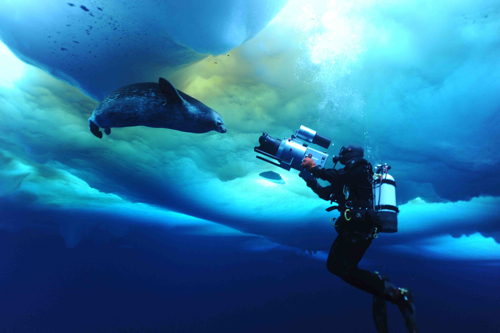
Classification
We organize organisms into different groups based on similarities and differences with other organisms. Here's how we classify (organize) the Weddell Seal, Leptonychotes weddellii.
- Kingdom: Animalia
- Phylum: Chordata
- Class: Mammalia
- Order: Carnivora
- Family: Phocidae
- Genus: Leptonychotes
- Species: weddellii
Adaptations
Most people will quickly point to the Weddell seal's adaptations for surviving the cold. They have dense fur and thick blubber which keep them warm despite the low temperatures they encounter above and below the ice.
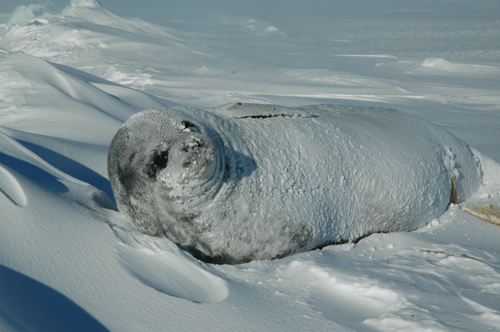
Another common adaptation to point out is the Weddell seal's body shape. In the water, they seem to stretch their head and neck, becoming more torpedo or streamlined shaped. This allows them to move with very little effort through the water, very quickly.

Weddell seals are known for their very deep and long dives. They can dive to 2,300 feet (SCUABA divers only go to 130 feet) and for up to 80 minutes. They have a couple of adaptations that allow them to do this. First, Weddell seals have the ability to store more oxygen in their bloodstream (about 4 times as much as humans). A second adaptation that allows Weddell seals to stay submerged for so long is increased levels of myoglobin (used for storing oxygen) in their muscles. Also, seals have the ability to prevent toxins produced by long periods without oxygen (such as lactic acid) from entering their bloodstream, and triggering the need to breathe until they reach a breathing hole. Finally, Weddell seals keep blood flowing to essential organs during a dive, but do not send blood where it is not needed (like their digestive system).
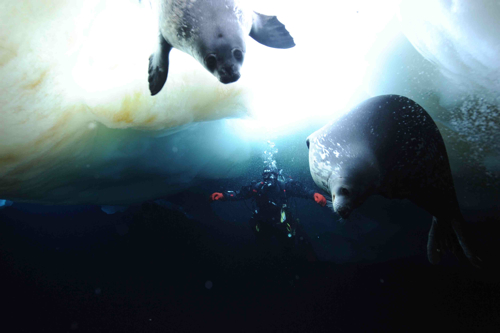
Weddell seal teeth have lobes and cusps that make them excellent tools for straining smaller prey items out of the water. These teeth are also used to scrape the ice and maintain breathing and diving holes. This, as it turns out, is also a major problem for the Weddell seal. It seems that all that scraping causes their teeth to wear down faster, resulting in an earlier death due to starvation. Weddell seals live to be (on average) 20 years old.
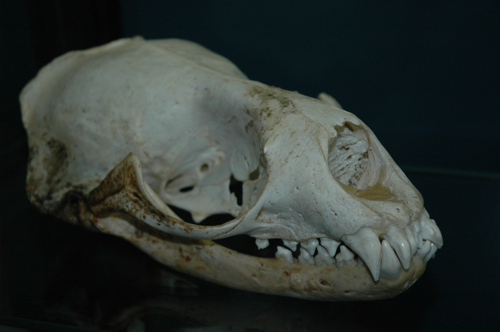
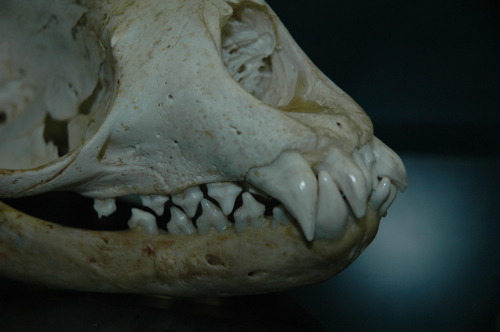
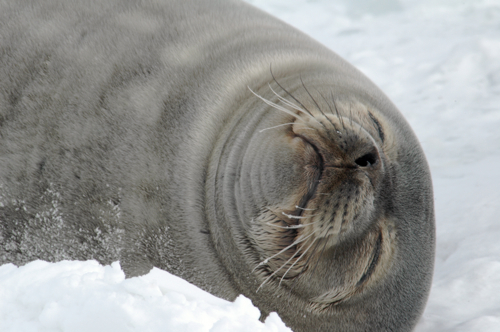
Interesting Observations
- Weddell seals are named for James Weddell, a British sealing captain, who discovered the seal.
- Weddell seal pups are born September through November.
- Weddell seal pups gain around 2 kg of body weight a day.
- An active Weddell seal might eat over 100 pounds of food every day.
- Weddell seals can make sounds that can be felt and heard through the sea ice.
Here are the seal pups that we saw yesterday that inspired this journal.
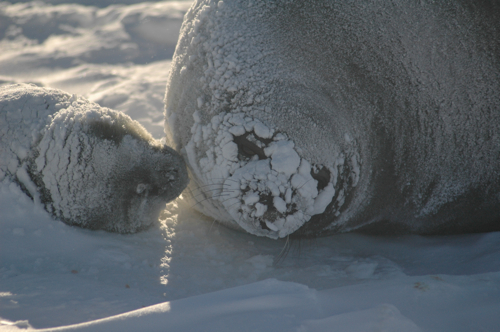
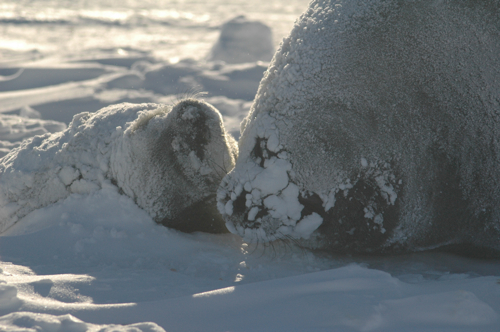
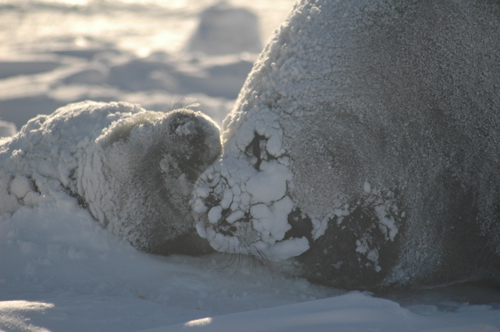
For even more information on Weddell seals, check out fellow PolarTREC teacher Alex Eiler's expedition. You can visit her site by clicking here.


Comments